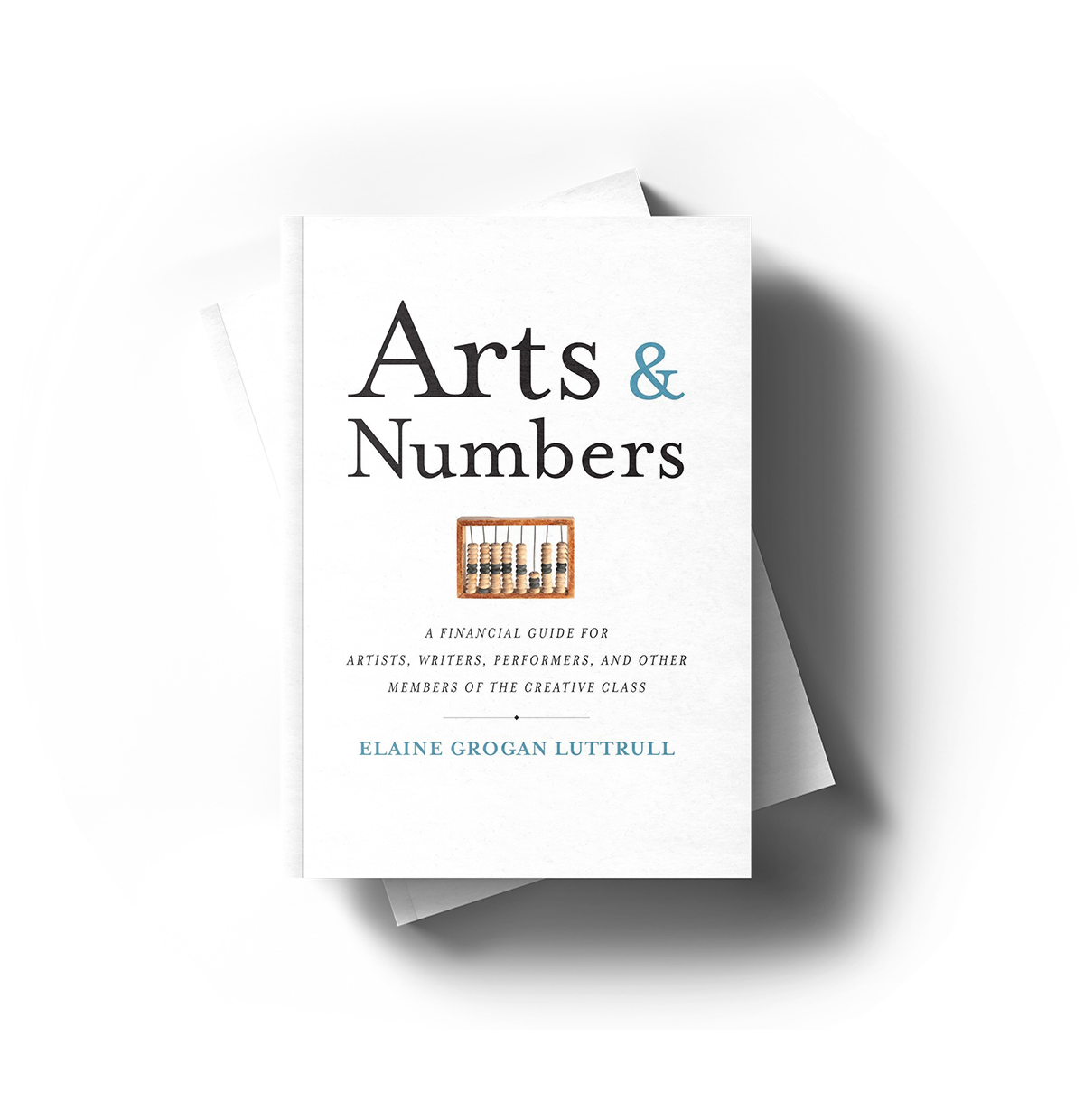March 28, 2016 • Events & Media

Chances are, you missed some considerable business learning while you were in school pursuing a creative degree. So here, in no particular order, are the five most important business lessons you may have missed in art school. It’s worth noting that none of these actually relate to technical business learning. These are the subtle lessons that business students naturally acquire… And they’ll serve you (almost) as well as an accounting class.
Your Chair is Adjustable
Have you ever taken a meeting in an office setting and been the shortest person at the table? This never happens in coffee-shop meetings, and it probably doesn’t happen when you meet with other creative professionals to collaborate. But if you are meeting with a client in a corporate conference room, or if you are waiting for your attorney in her office, or if you are sitting across from a producer, flanked by your manager and agent, you may find that you are the shortest person at the table. And no one likes feeling like a kid at the grown-up’s table, especially when the feeling is personified so literally.
Business students learn that chairs are almost always adjustable. I don’t know when we learn this vital fact. Maybe it is because some of our classrooms are set up like conference rooms; or perhaps it is because we are “shown the ropes” around an office as interns (and our internships in cubicles are never as cool as yours).
In any case, when seated at a conference room table, we almost all instinctively reach down with our right hands to find the lever that is inevitably placed somewhere beneath the seat. Then we adjust our chairs so we aren’t the shortest participants in the meeting. Sometimes it takes a few tries. Occasionally the lever is on the left instead of the right. Every so often it is a knob instead of a lever. But some sort of adjustment mechanism is always present.
Commas Are Good, Cents Are Not
For the love of all that is holy, add commas to numbers you present, especially if those numbers are expressing dollar values. This doesn’t necessarily apply to anything you are doing creatively with the numbers (although I maintain it is still a good rule of thumb). However, if you designed your own font to show prices and commas don’t work with it, leave them off. If you are making some sort of articulate statement about the futility of punctuation, commas probably won’t help your cause.
But if you are preparing a budget for a grant report, it must include commas. If you are citing statistics or market research in support of your position or quantifying any aspect of your work in a professional context, use commas. If you are preparing a proposal for a client, include commas. I am ten thousand times more likely to spend ten thousand dollars on a project if I know immediately that the budget is $10,000. Having to count zeros to figure out if 10000 is $100,000 or $1,000 or even $10,000 makes me too angry to invest. (Hypothetically.)
Similarly, if I am thinking about investing $10,000 in your project, seeing $10,000.00 is just annoying. I don’t need to see the cents. I don’t need to see the level of minutia that exists behind your figures. I assume you are capable of managing your finances. You are, after all, a professional. Don’t tell me paper costs $174.92. Tell me your supplies are generally $200, and the rest is your commission. Better yet? Tell me the selling price is $1,000 and talk to me about the high-quality paper you used, layered in an interesting way to emphasize the texture of the work.
Excel Is Magical
Have you ever watched a business guru use Excel? It is probably the closest an accountant will ever be to a ninja warrior. (Side bar: Why is that not a television show? Accounting Ninja Warrior.)
Excel is magical, and not just because you can use the grid for spacing and layout purposes.
Excel will do your math exercises for you. The “math” part isn’t the exciting or interesting part about financial analysis. The math is just the math. The exciting and interesting part is using financial information to tell a story, solve a problem, or change the world. Excel makes the math easy so you can put your creative brain to work on more interesting challenges. Like changing the world.
No One Wants a Widget
Every business student has completed at least one exercise involving widgets. Widgets are to accounting problems what “x” is to algebra. It is the default representation of something greater. It is totally irrelevant, except that a shocking number of classroom and textbook exercises use widgets instead of more interesting goods.
Sample Problem: Jane starts a business making widgets for $35 each. She sells each one for $85 and she has overhead costs of $10,000 for the year. How many widgets must she sell to break even?
No one cares about the widgets. Widgets are just a placeholder to get to the meat of the problem. If we were talking about a real product (even a fake real product), we may be distracted by irrelevant information.
Sample Problem 2: Jane creates beautiful oil paintings of western landscapes for $35 each. (STOP! She must not be using very high-quality paint. There’s no way she’s framing those works if they only cost her $35 to make. Which western landscapes is she interested in? Was her work influenced by the painters of the early 1900’s?)
The problem may still have something interesting to solve, but we have no idea what it is. We’ve been totally distracted by something that is not a widget. No one wants a widget. We want whatever is more interesting about the widget.
There’s a Market for That
Even if no one wants a widget, there is a market for whatever it is that you do. Business students learn that there are plenty of variables that go into a successful business model, and creating a something of value–a beautiful work of art, a brilliantly crafted work of literature, a compelling theatrical performance–is only part of the equation. In the arts, it is the most important part.
But it isn’t the only part.
Figuring out how to do whatever it is you do successfully includes a bit of successful community marketing, a bit of informed financial literacy, enough legal vocabulary to protect yourself, and critical thinking skills to evaluate opportunities. It also includes enough grit, determination, and patience to persevere when marketing, accounting, financial, legal, managerial, and analytical tasks feel daunting.
My daughter joined me for a workshop I led in New York last week, and while we were there, she told me she enjoyed New York “way more” than Disney World. (Be still my heart.) I asked her why, and she pointed out with glee that in New York, you were allowed to write on the trashcans and mailboxes.
No business textbook will ever tell you that a graffiti artist’s target market is a six-year-old. And yet.
All creative processes start with the creativity. The graffiti comes first. Next we find the right market. We make sure our work is placed appropriately, in the right context, for the right audience. Then we monetize it. We use our creativity to figure out how to keep being creative.
And that, perhaps, is the best business lesson of all.


